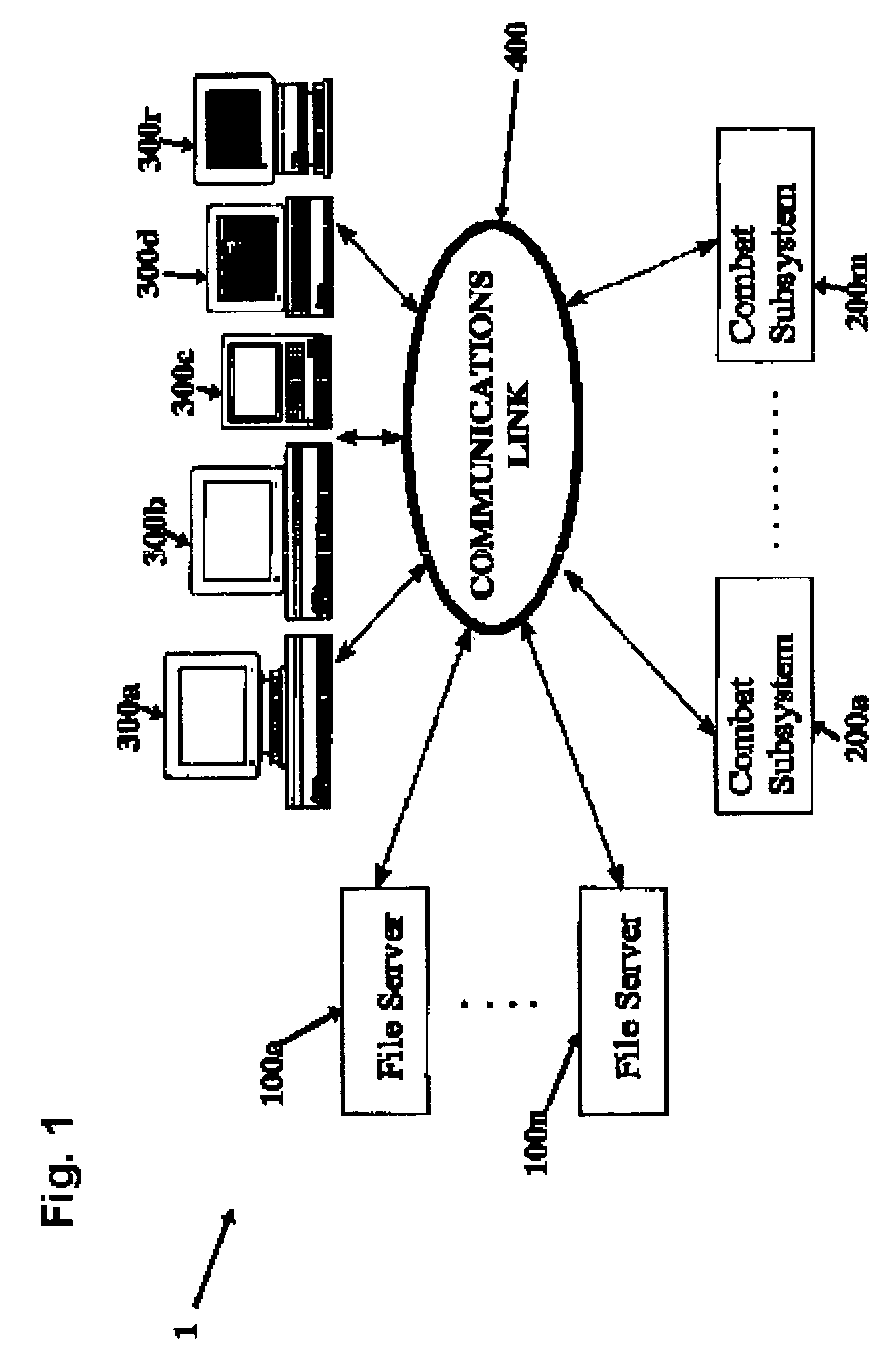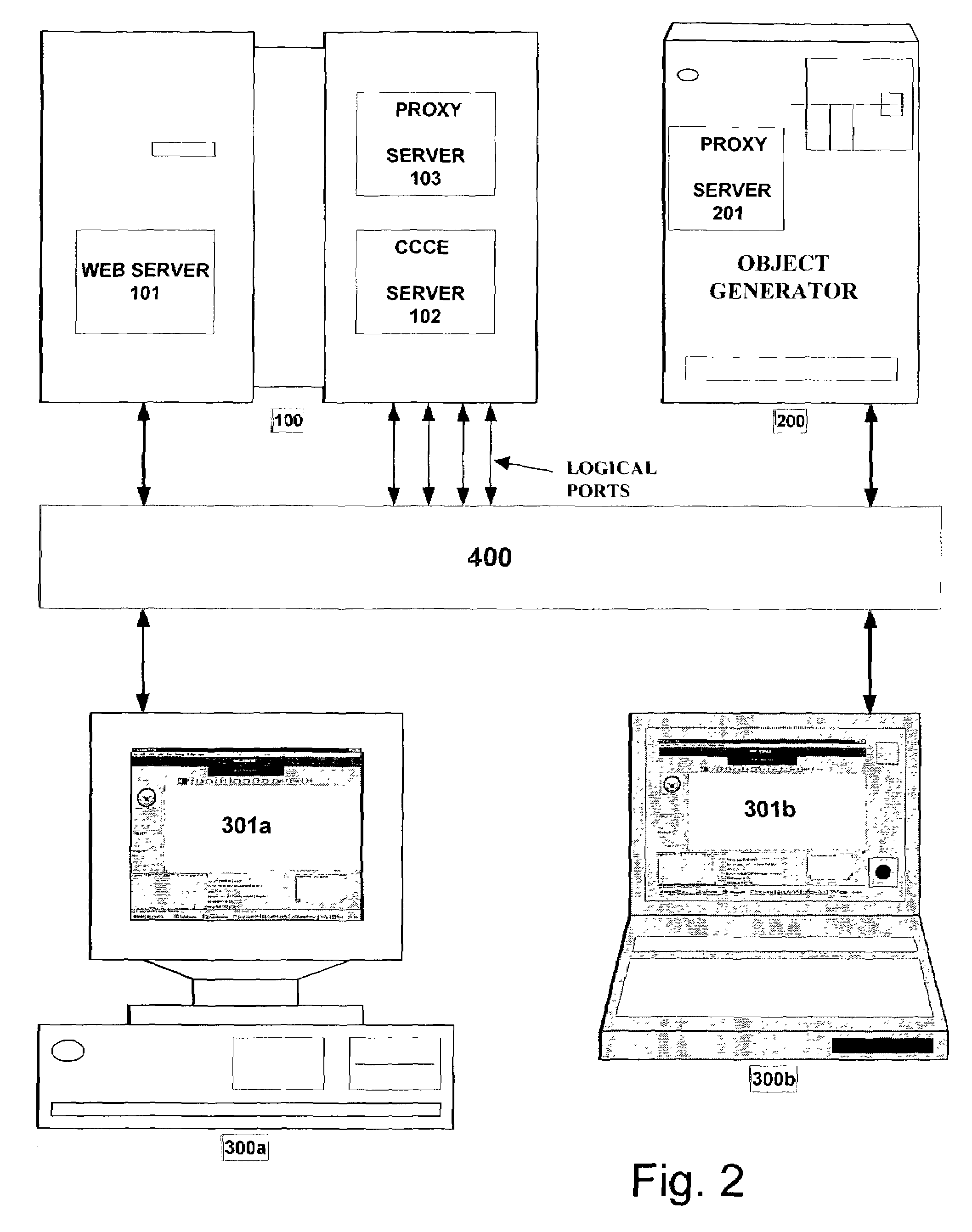Collaborative environment implemented on a distributed computer network and software therefor
a technology of distributed computer network and collaborative environment, applied in the field of distributed computer system, can solve the problems of difficult for the components of the u.s. military to interoperate, difficult for the various military components to share a homogeneous view of tactical information, and variable users to be unable to coordinate their efforts. to achieve the effect of facilitating the exchange of information
- Summary
- Abstract
- Description
- Claims
- Application Information
AI Technical Summary
Benefits of technology
Problems solved by technology
Method used
Image
Examples
Embodiment Construction
[0038]One of the principal objects of the present inventions, although certainly not the only one, is to provide a Universal Distributed Display Capability (UDDC) for operating substantially all military applications on any commercial off the shelf (COTS) based system supporting a JAVA™ enabled browser. A preferred embodiment of the present invention accomplishes this objective through a software application written in JAVA™ implementing a Common Collaboration Environment (CCE). Beneficially, the combination of the CCE software and a JAVA™ enabled browser at each user location permit collaboration between users of a multilayer Collaborator CCE.
[0039]In an exemplary case, the CCE software advantageously can be a JAVA™ applet. The CCE application according to the present invention (hereinafter Collaborator CCE) allows a large organization, e.g., a far-flung Government or commercial enterprise, to solve certain interoperability problems while satisfying collaboration requirements and, ...
PUM
 Login to View More
Login to View More Abstract
Description
Claims
Application Information
 Login to View More
Login to View More - R&D
- Intellectual Property
- Life Sciences
- Materials
- Tech Scout
- Unparalleled Data Quality
- Higher Quality Content
- 60% Fewer Hallucinations
Browse by: Latest US Patents, China's latest patents, Technical Efficacy Thesaurus, Application Domain, Technology Topic, Popular Technical Reports.
© 2025 PatSnap. All rights reserved.Legal|Privacy policy|Modern Slavery Act Transparency Statement|Sitemap|About US| Contact US: help@patsnap.com



